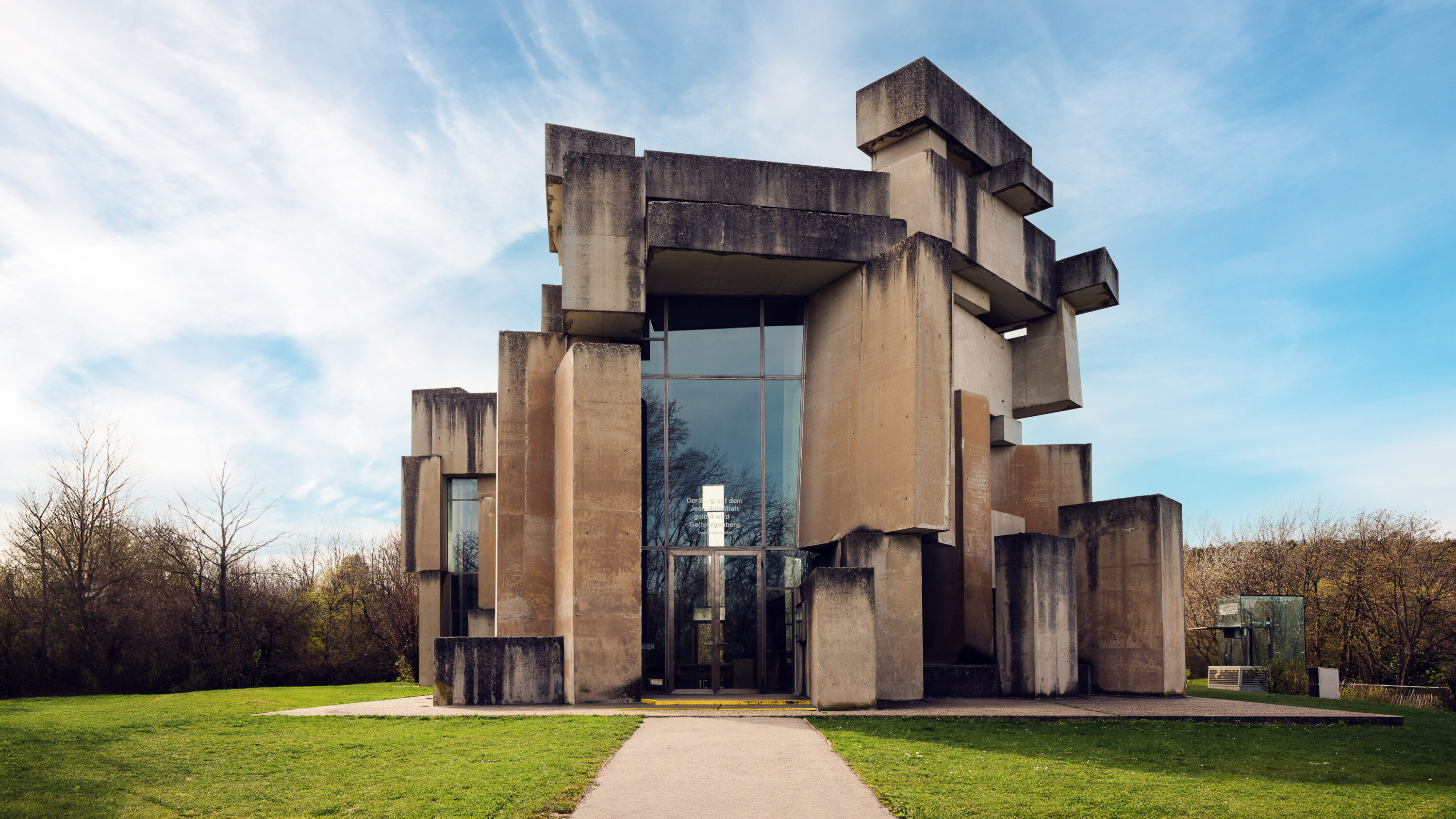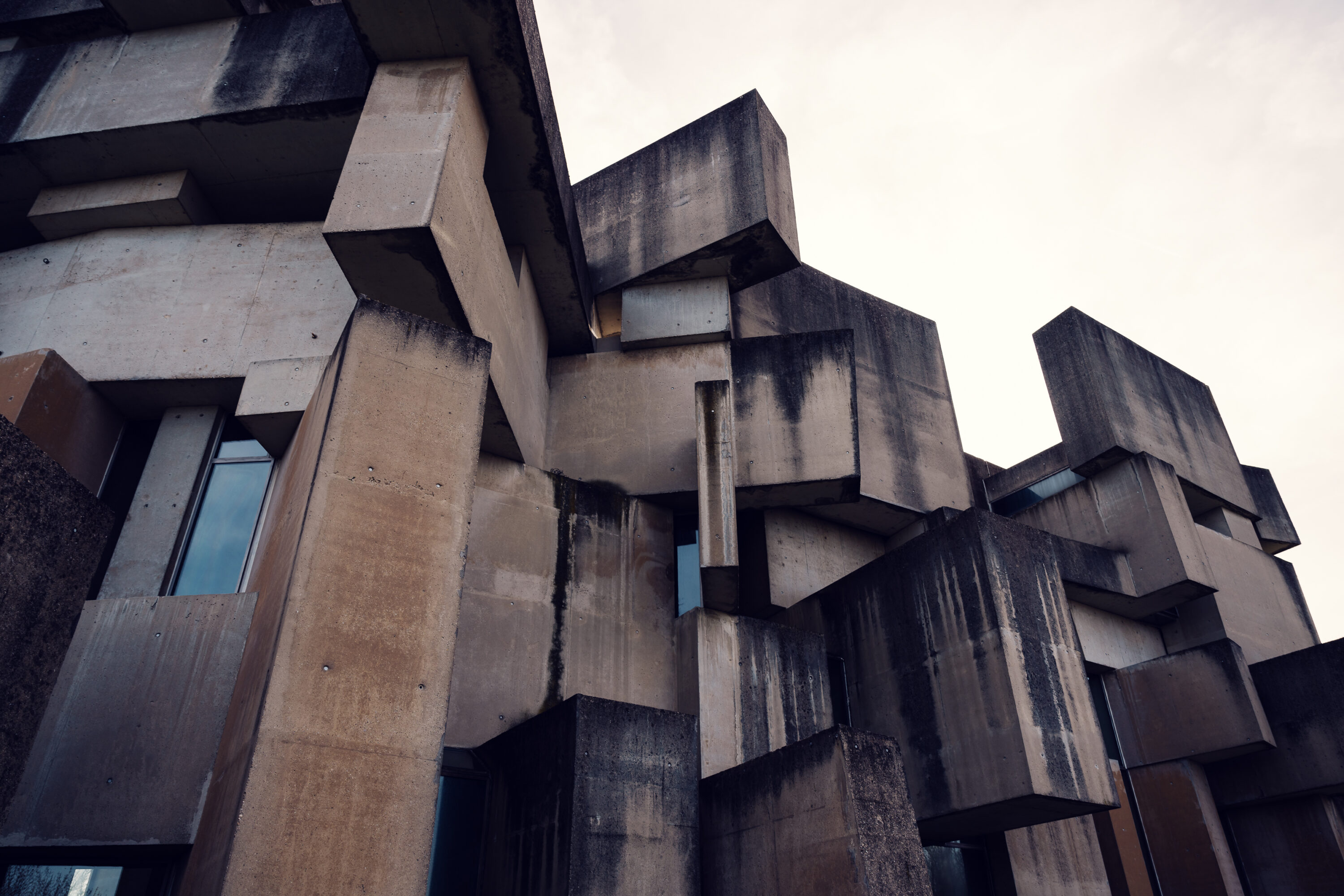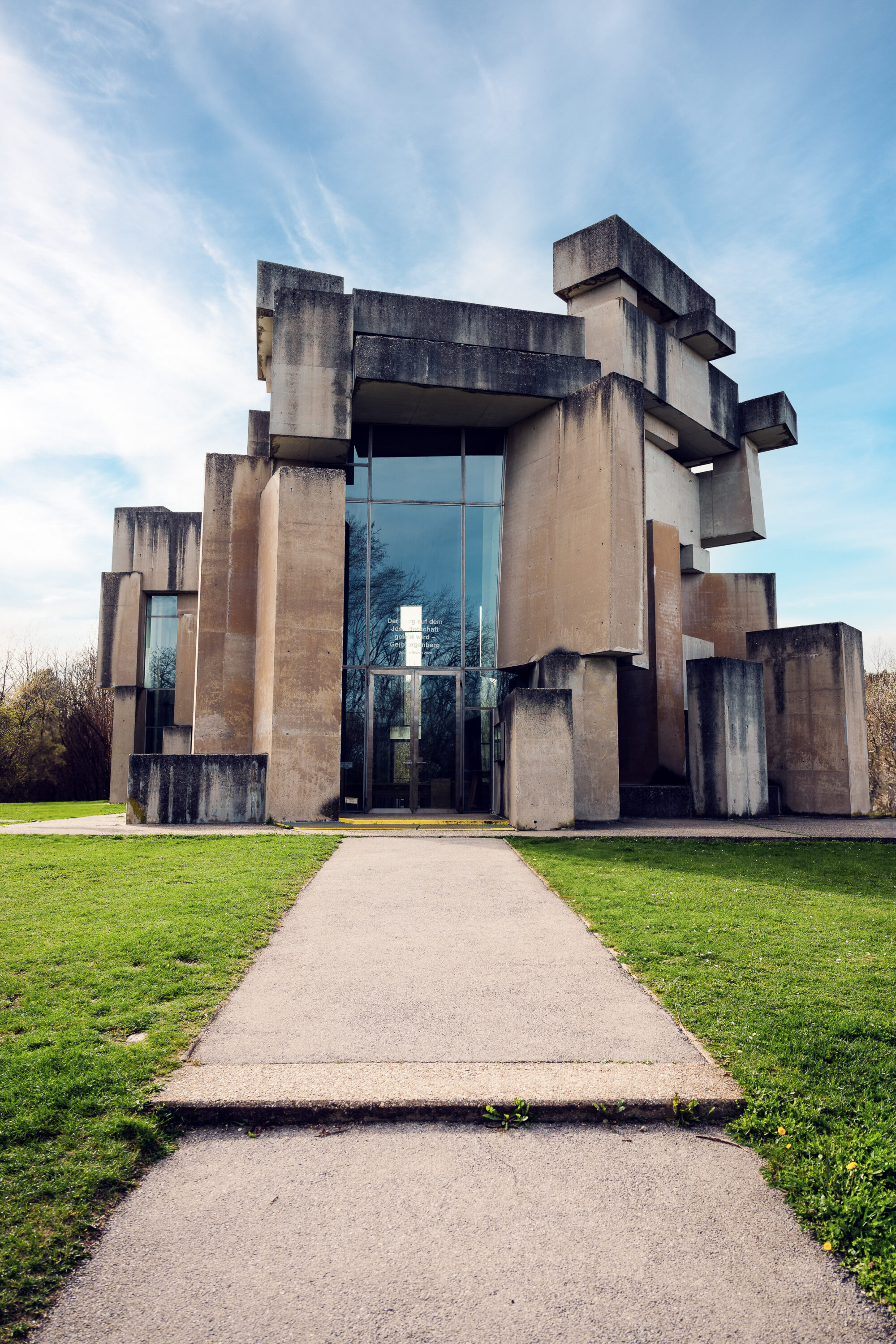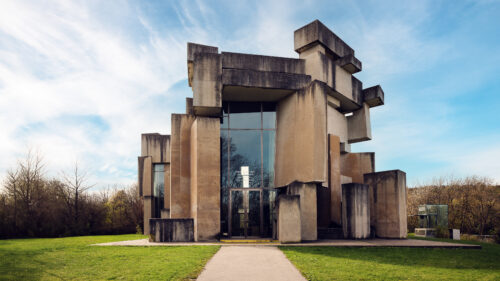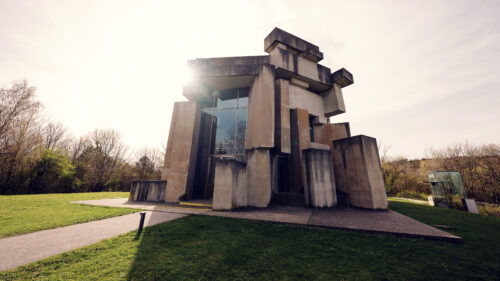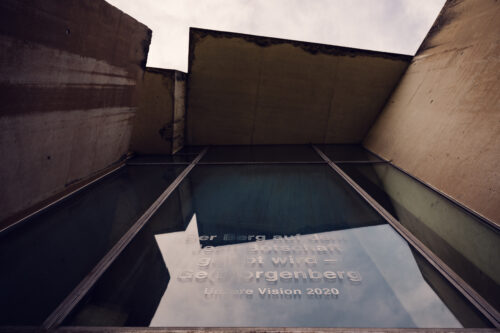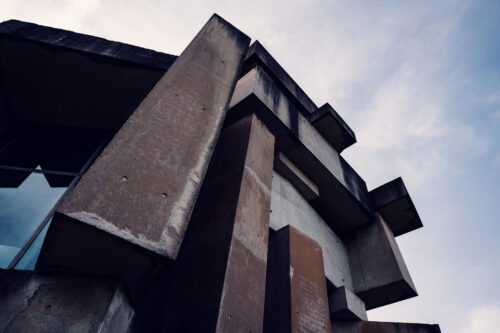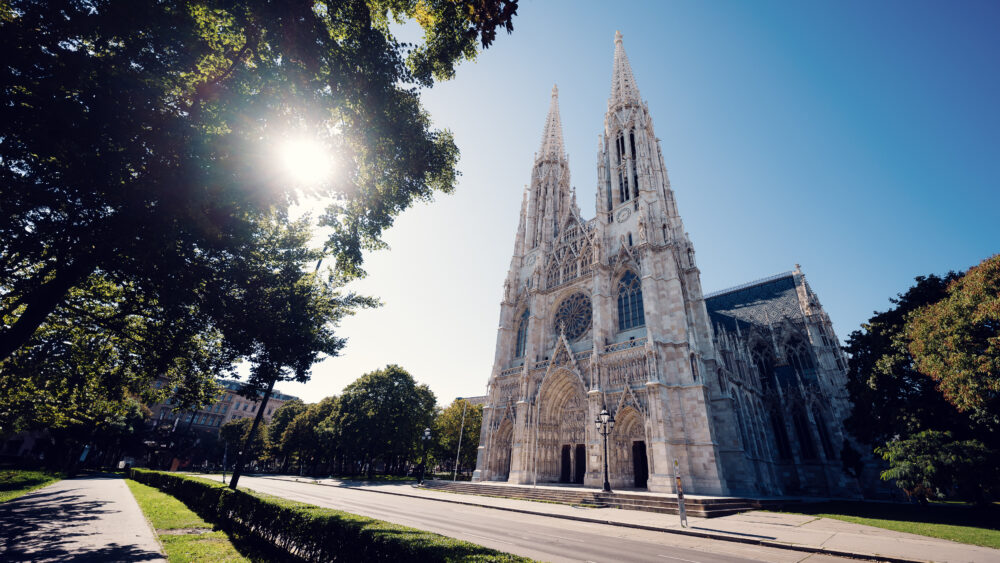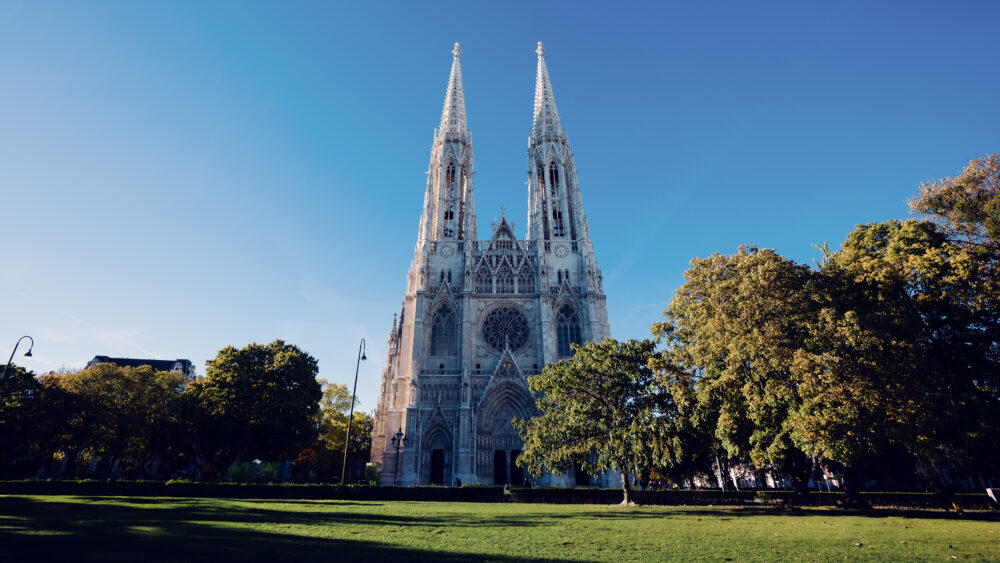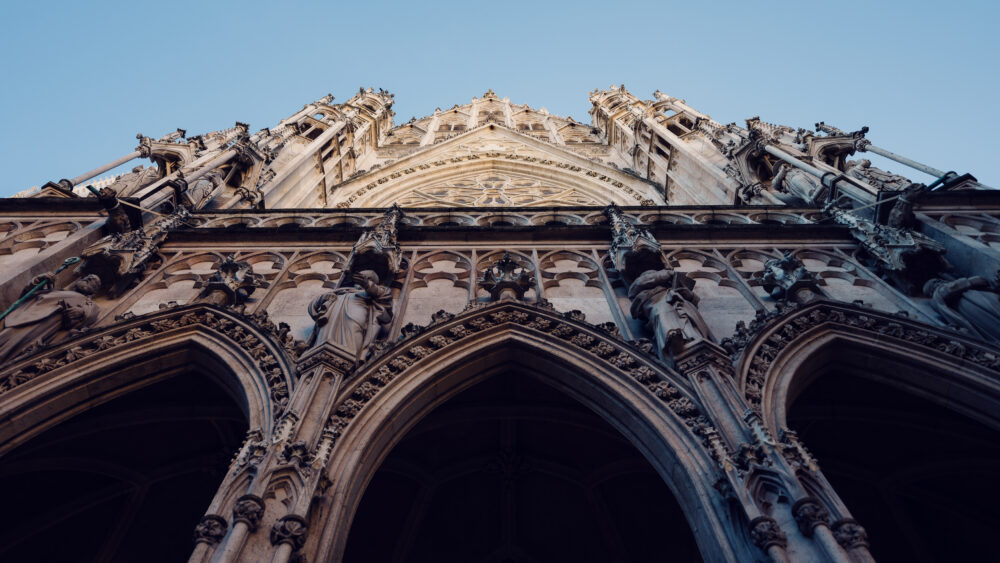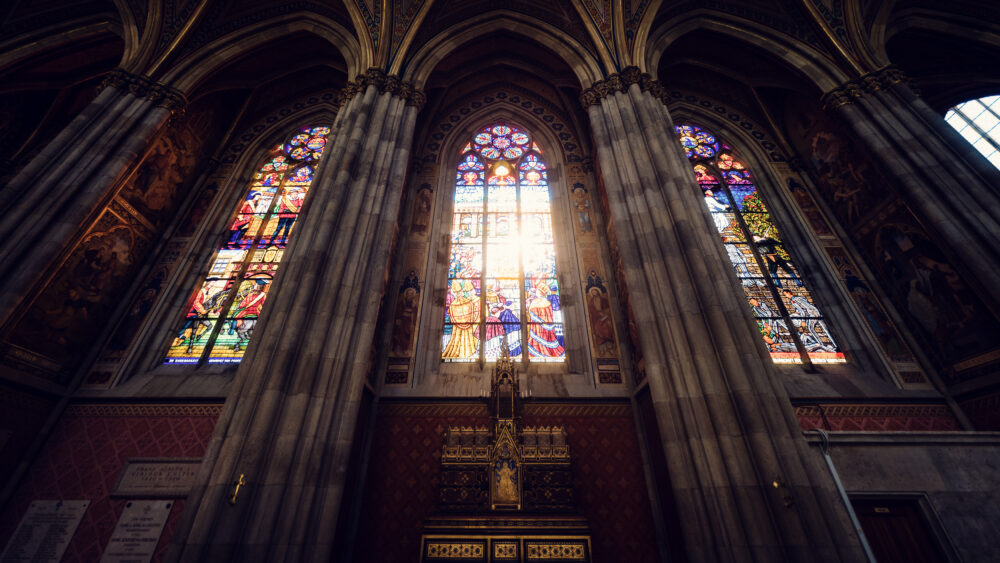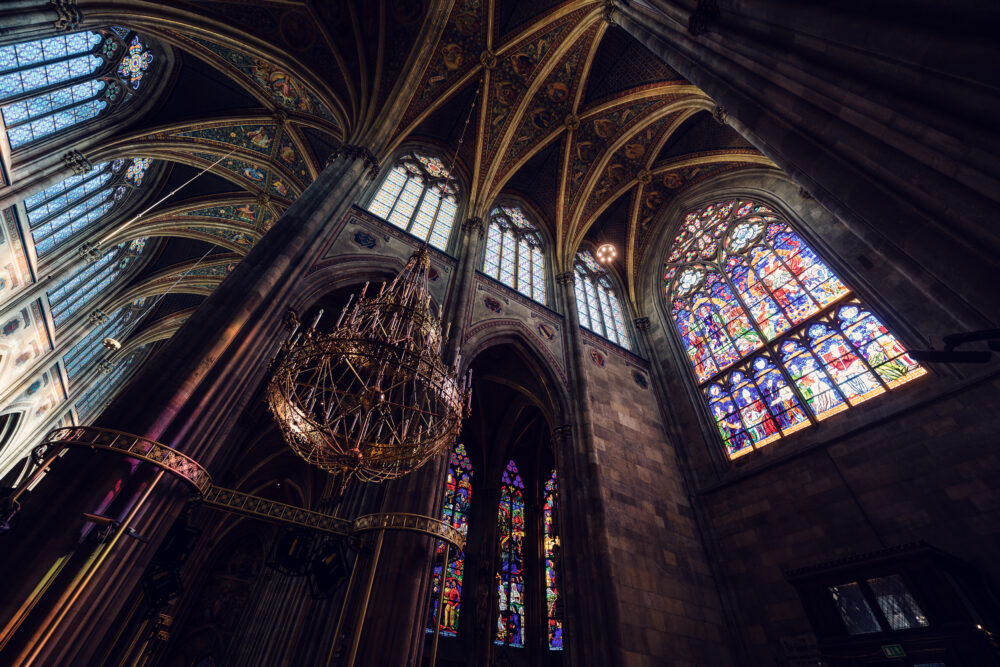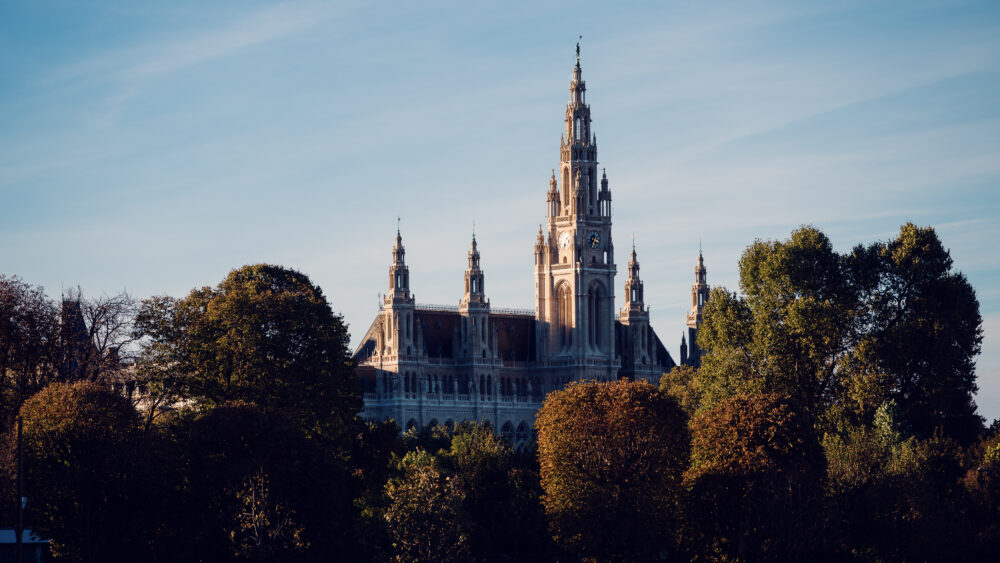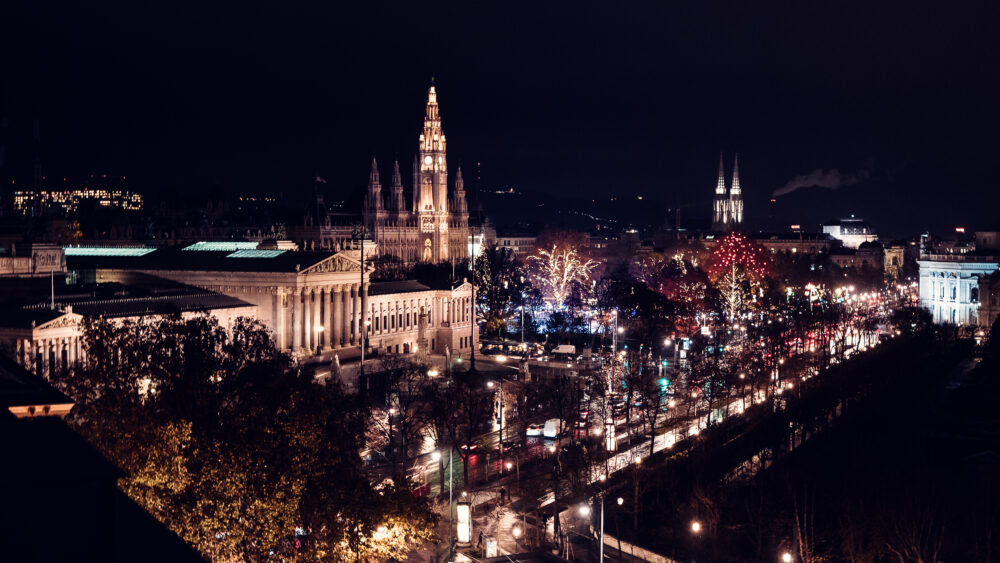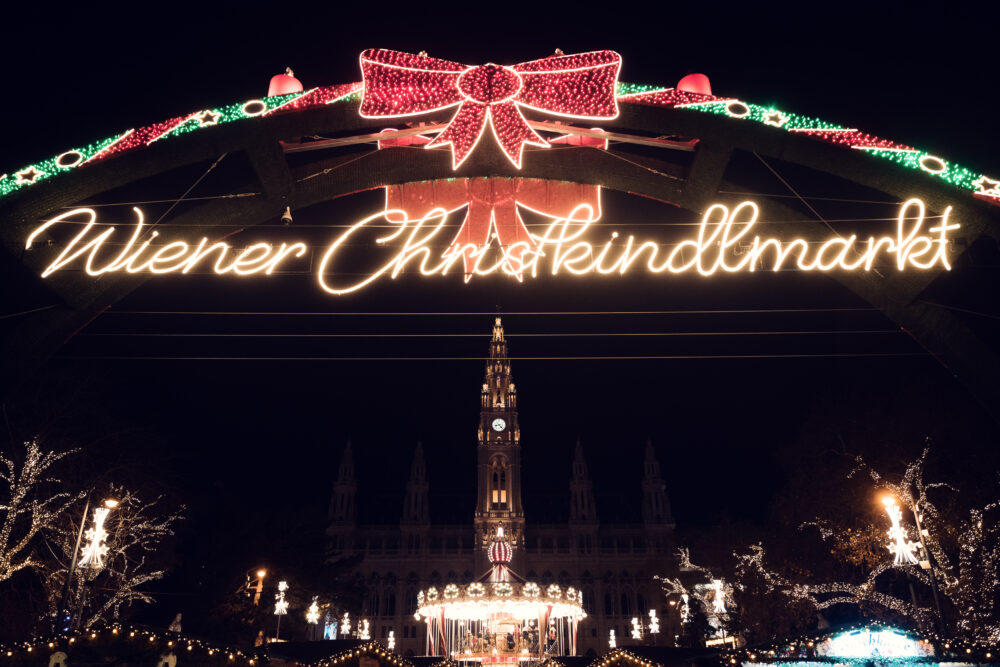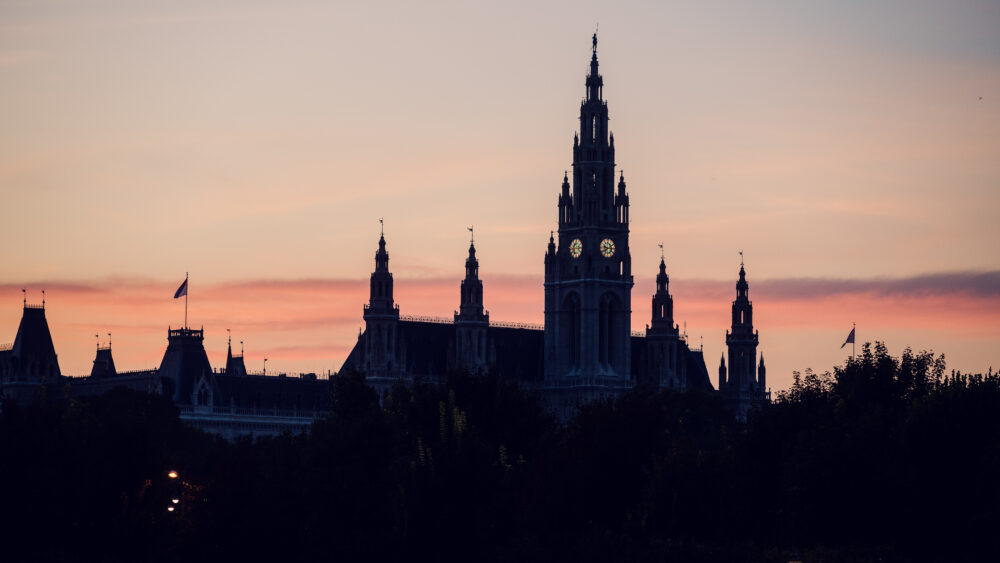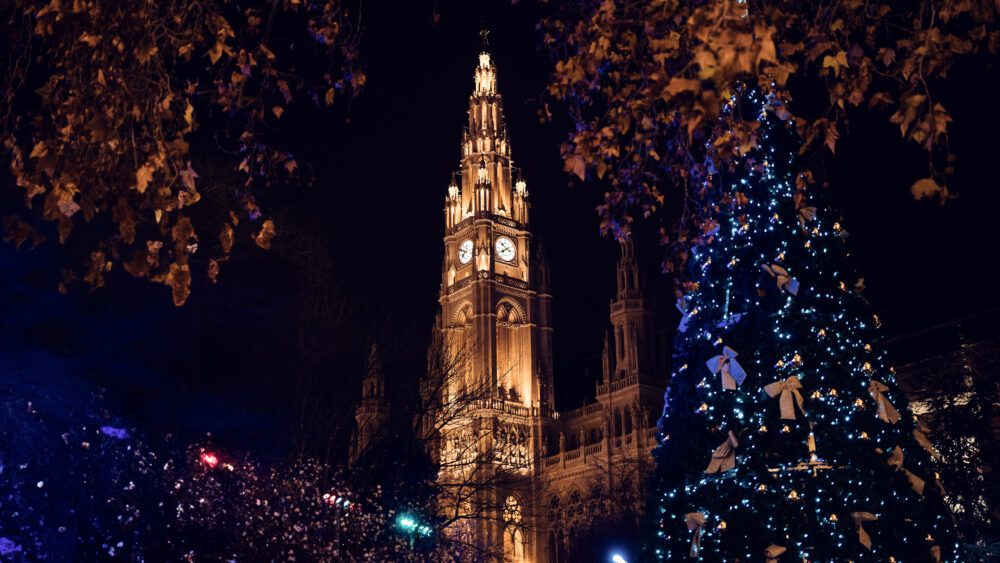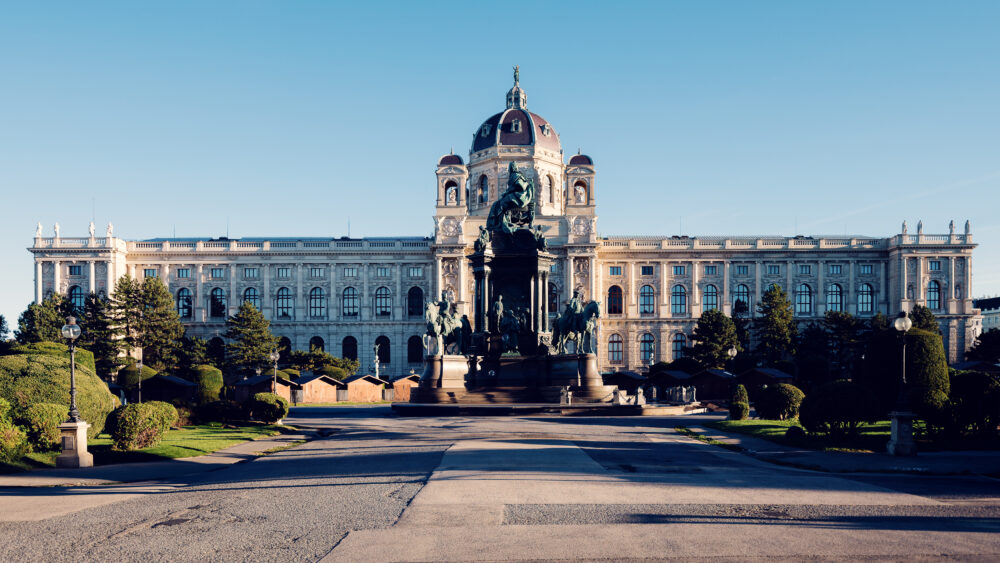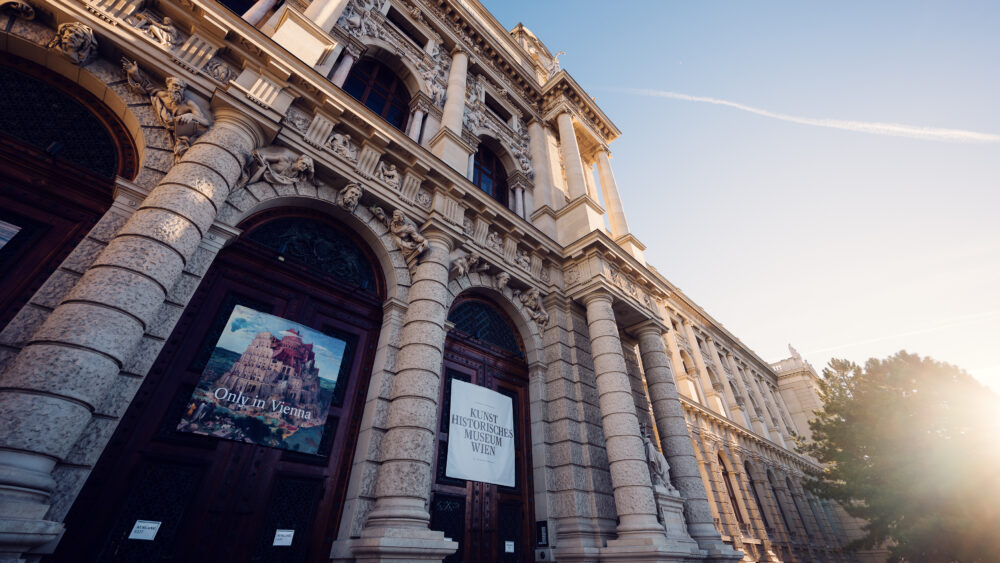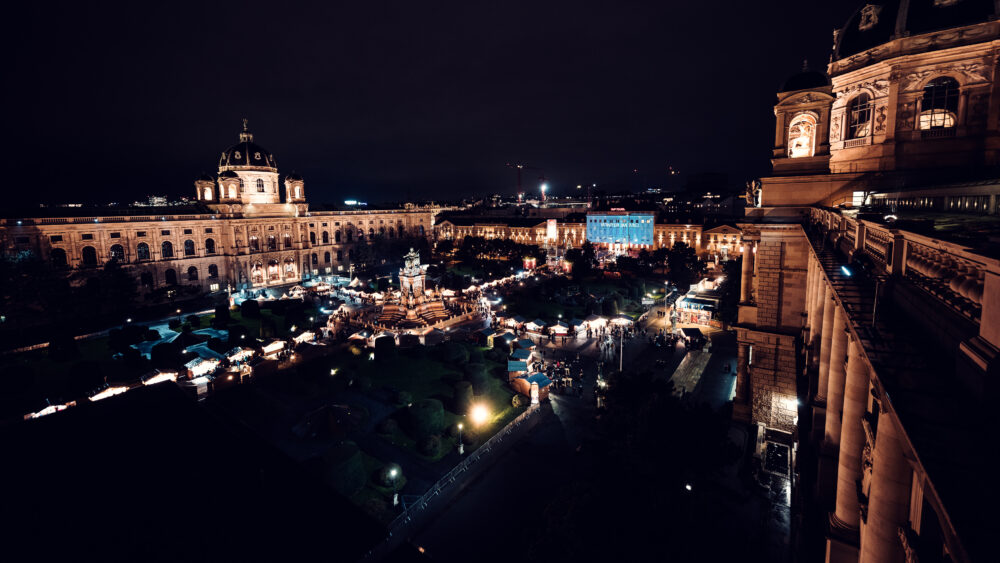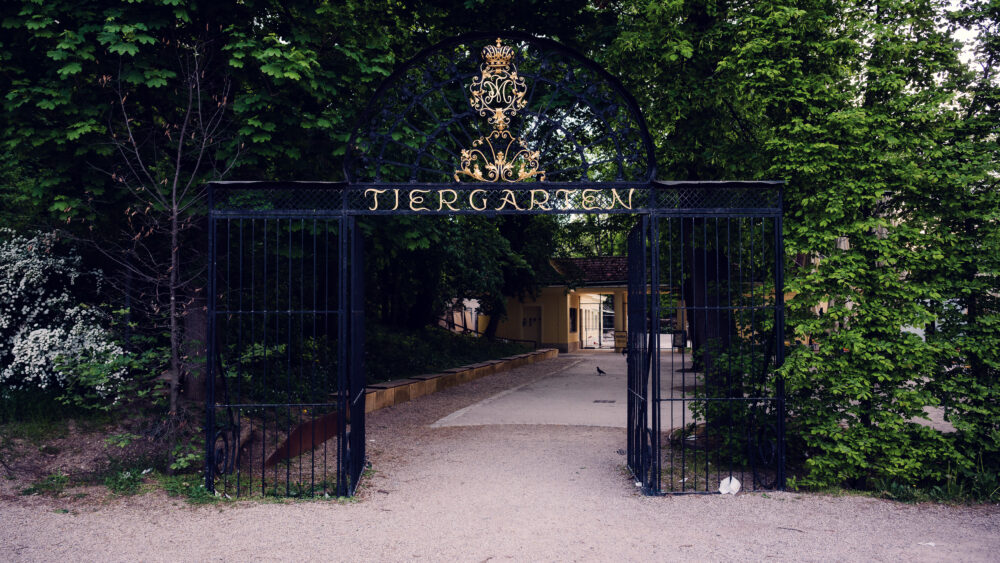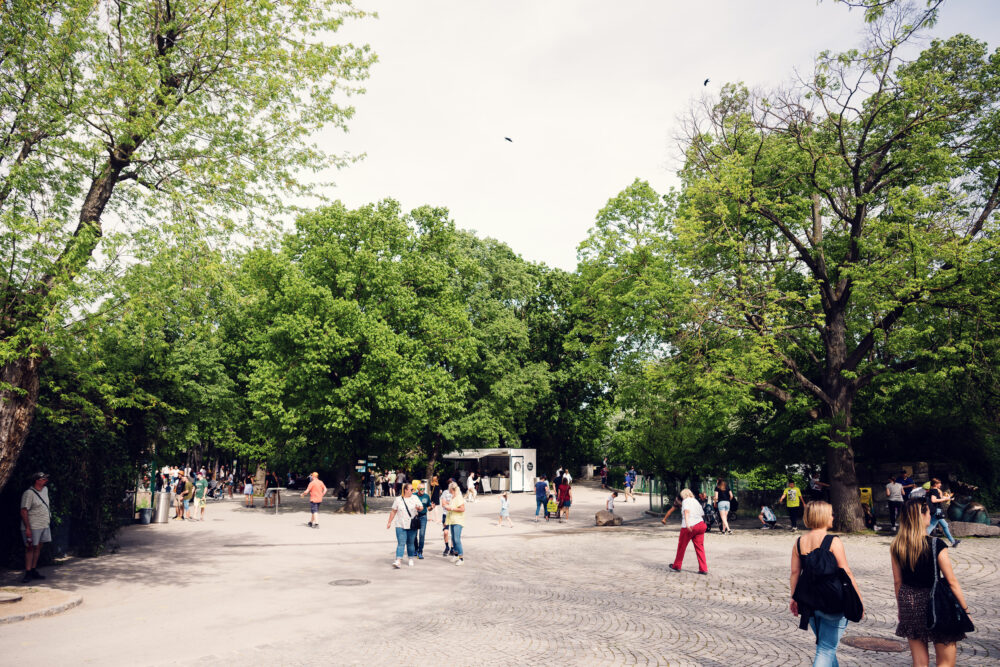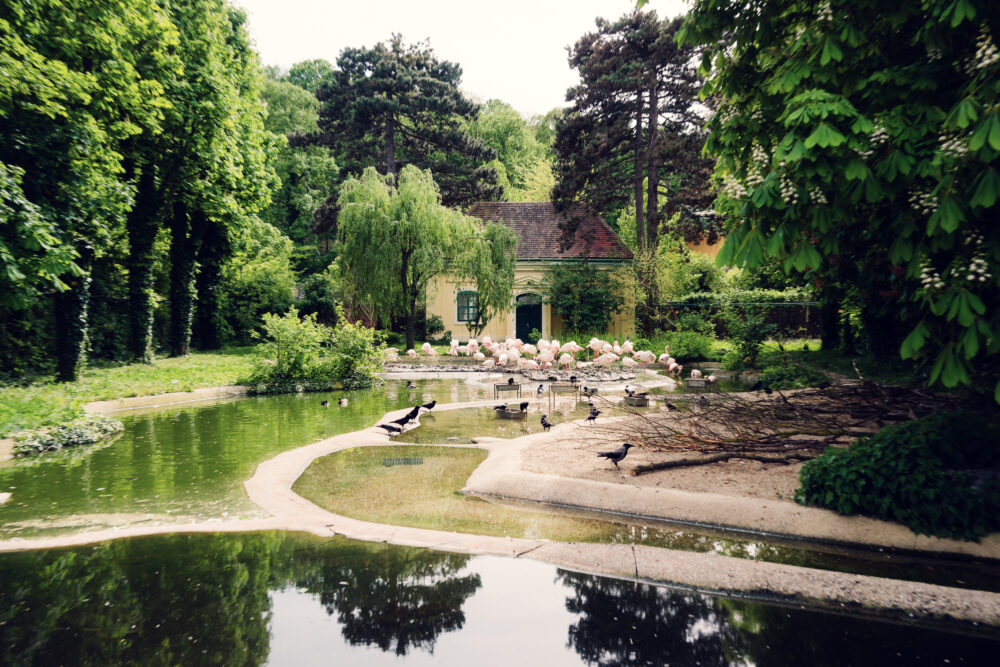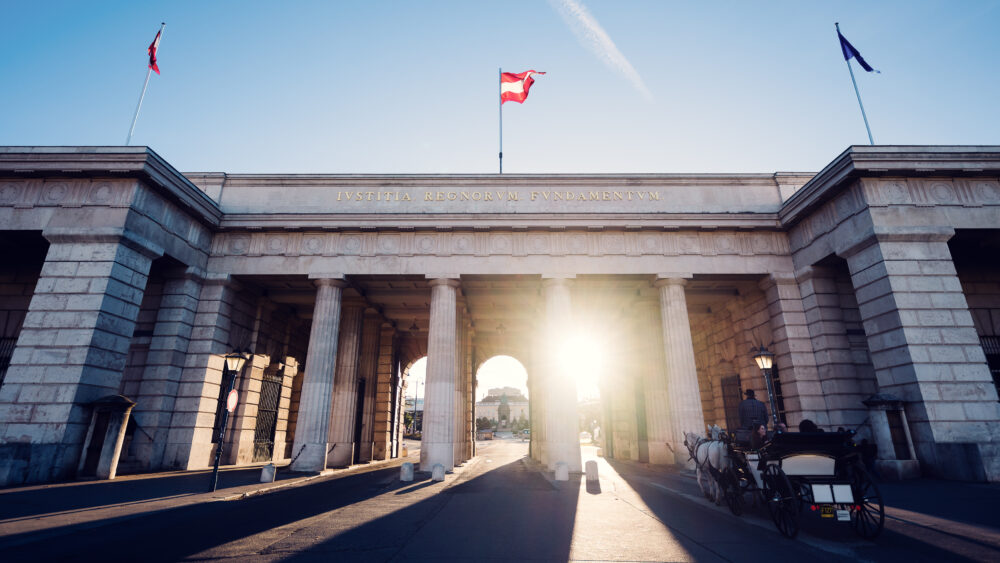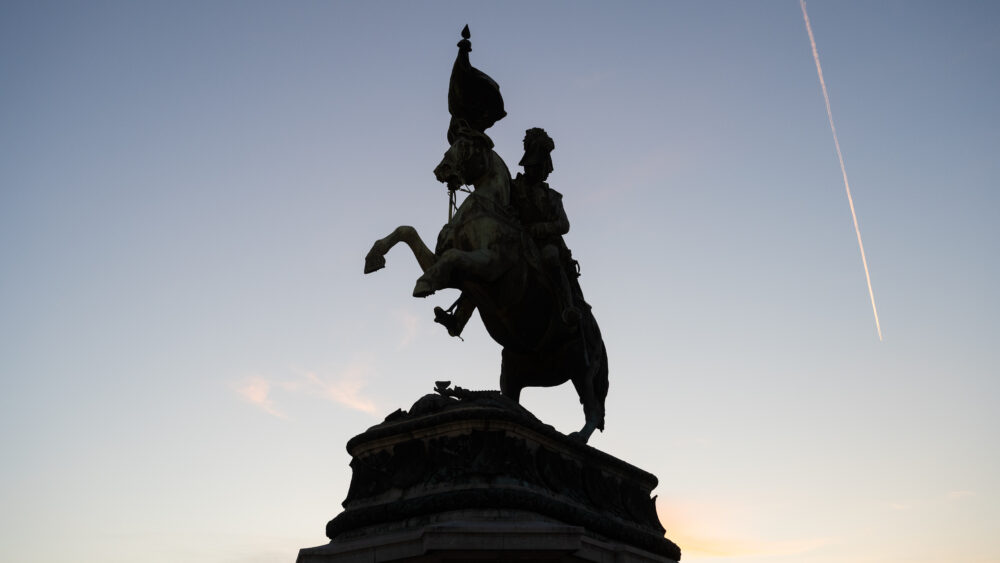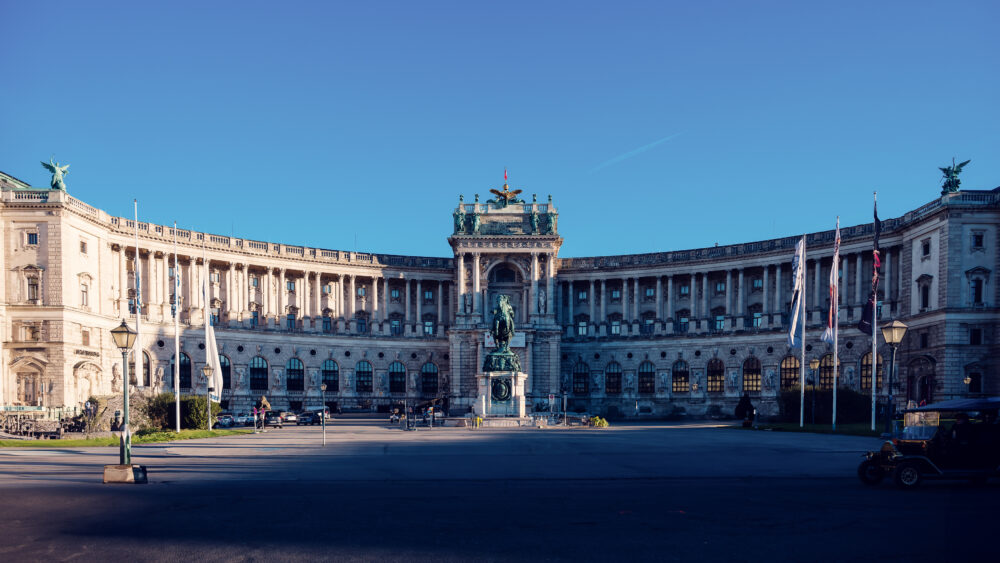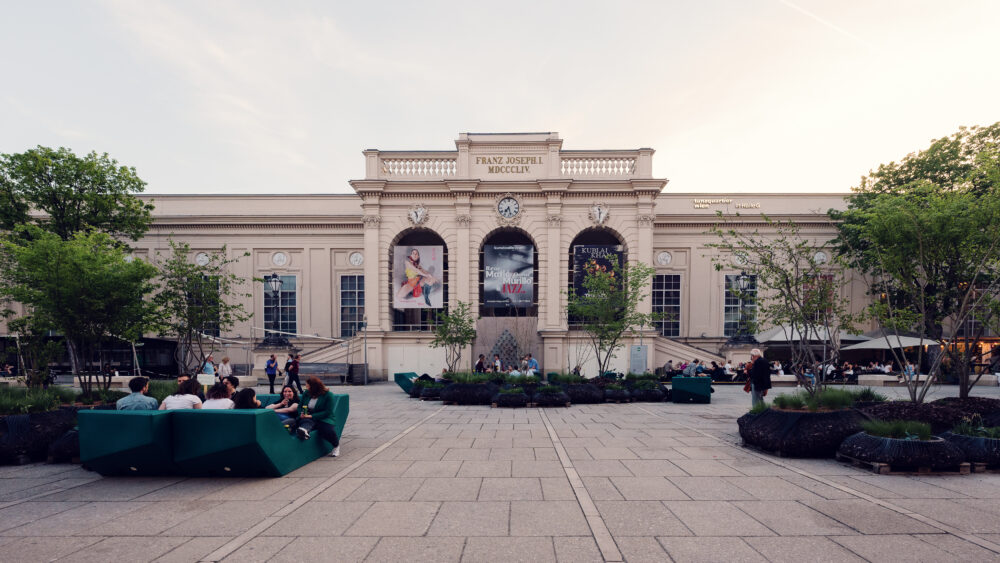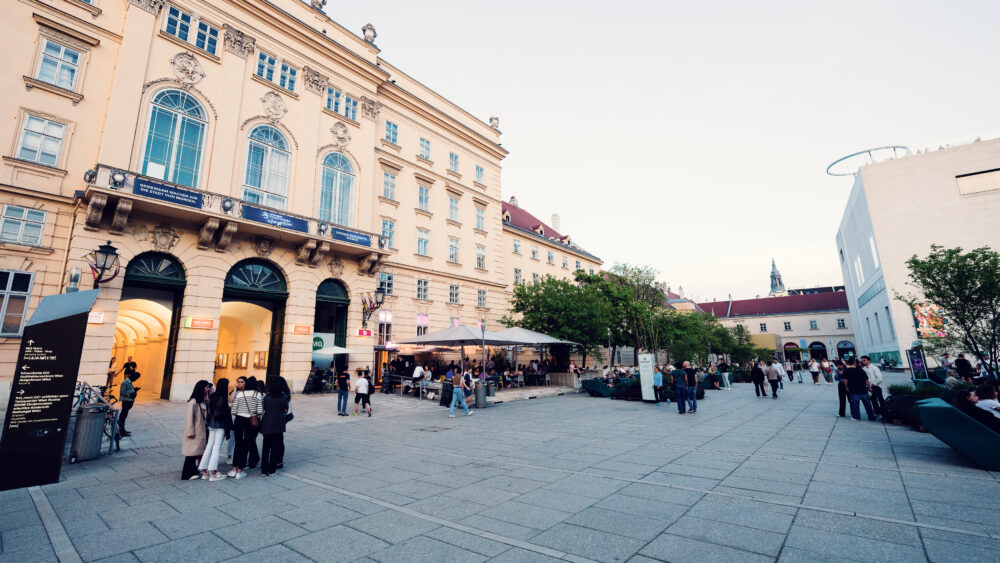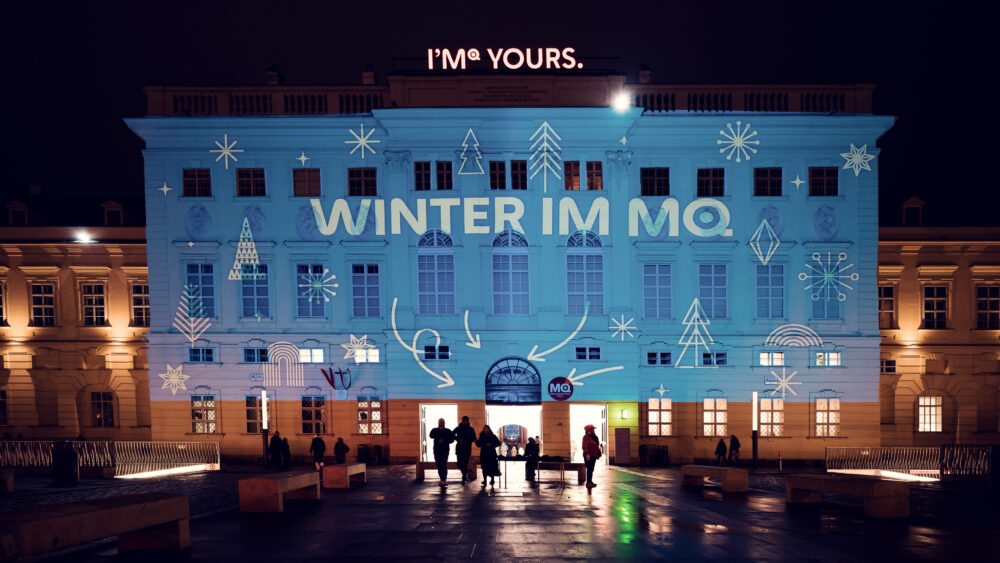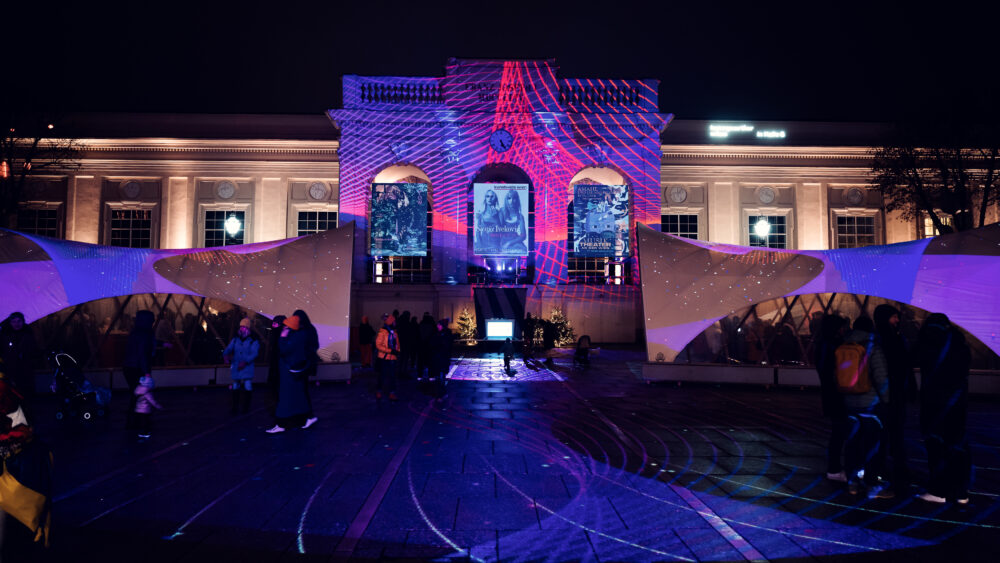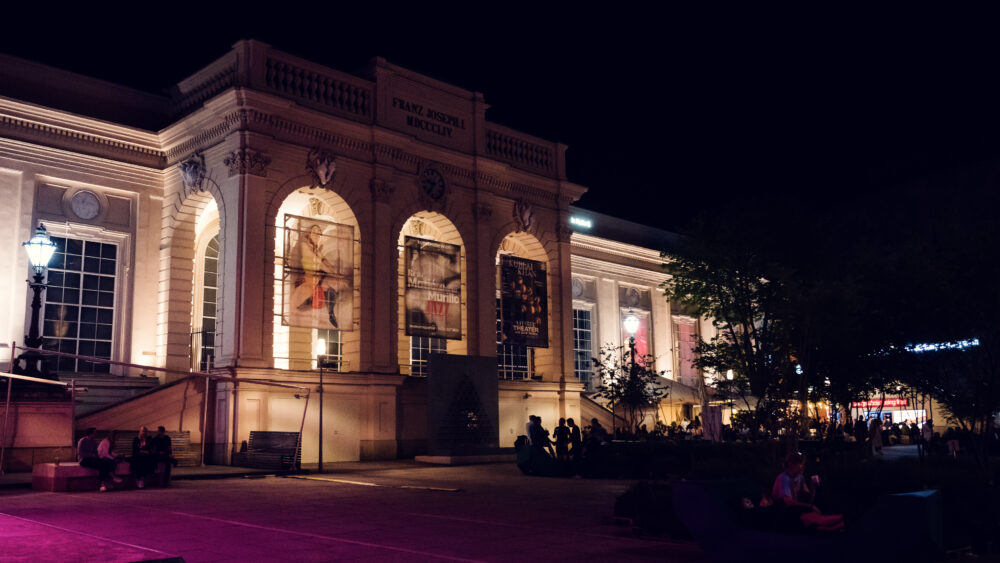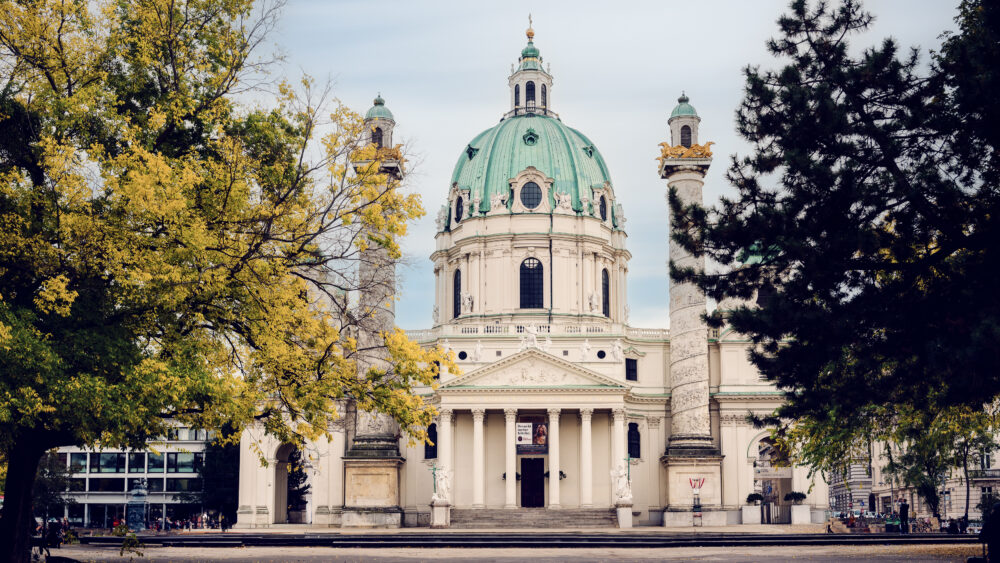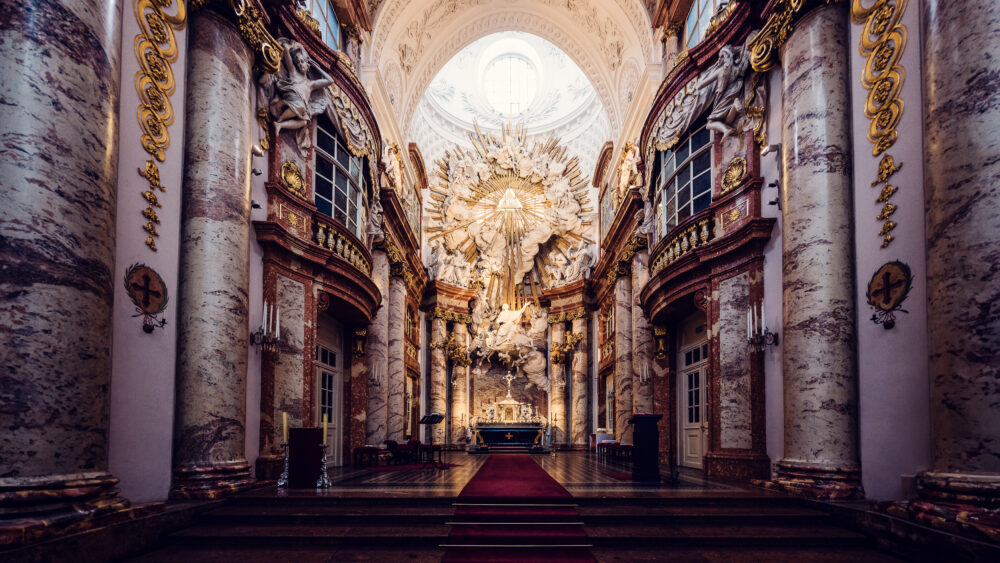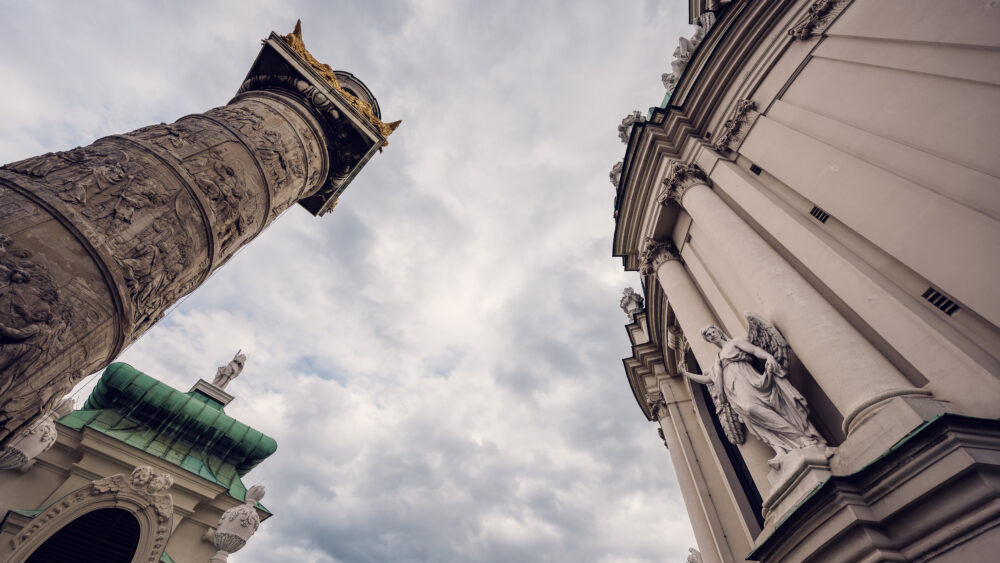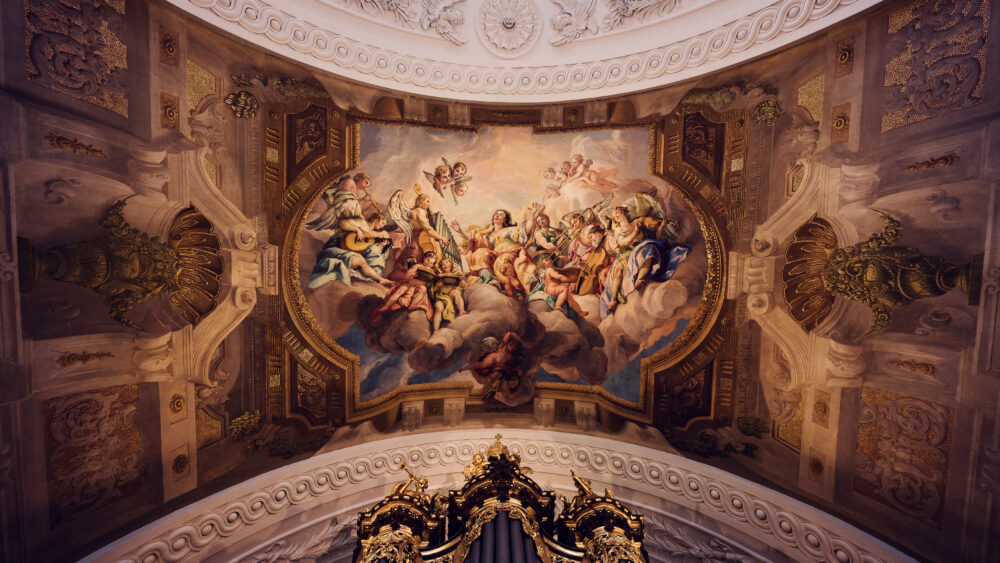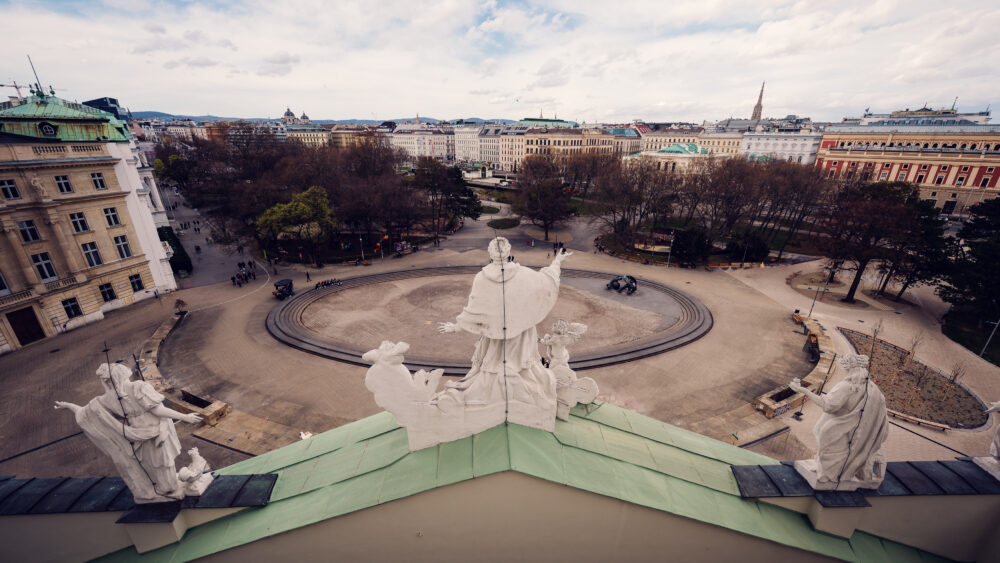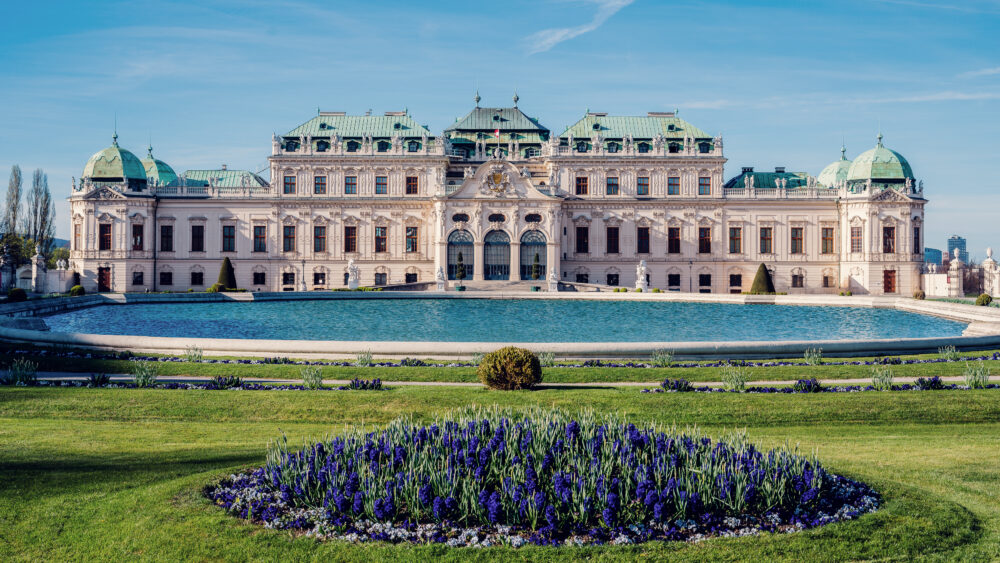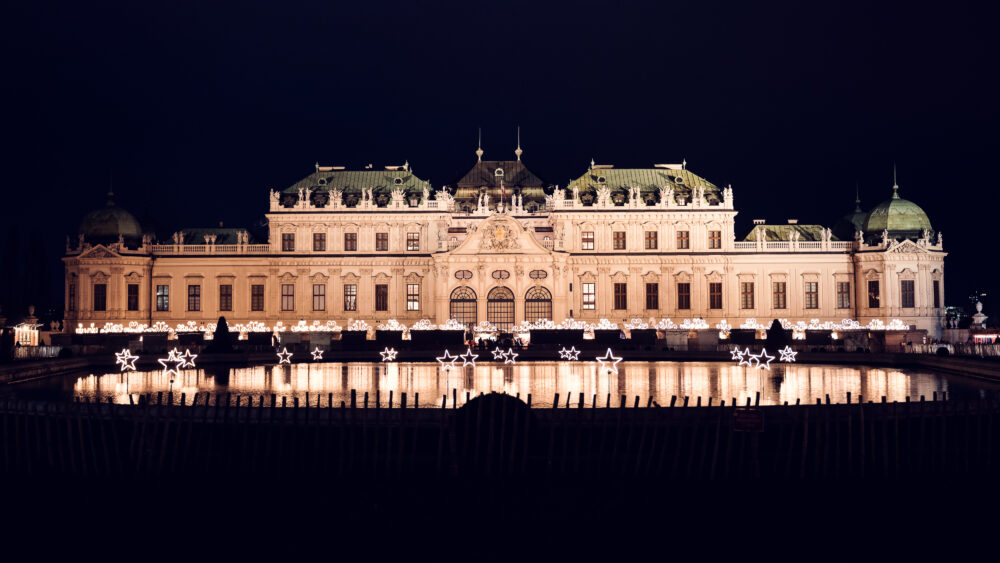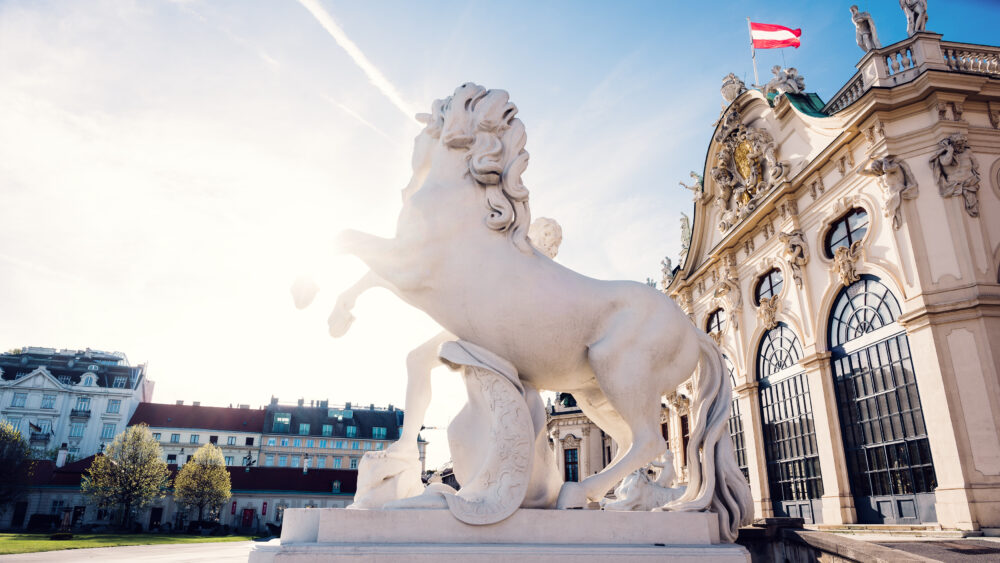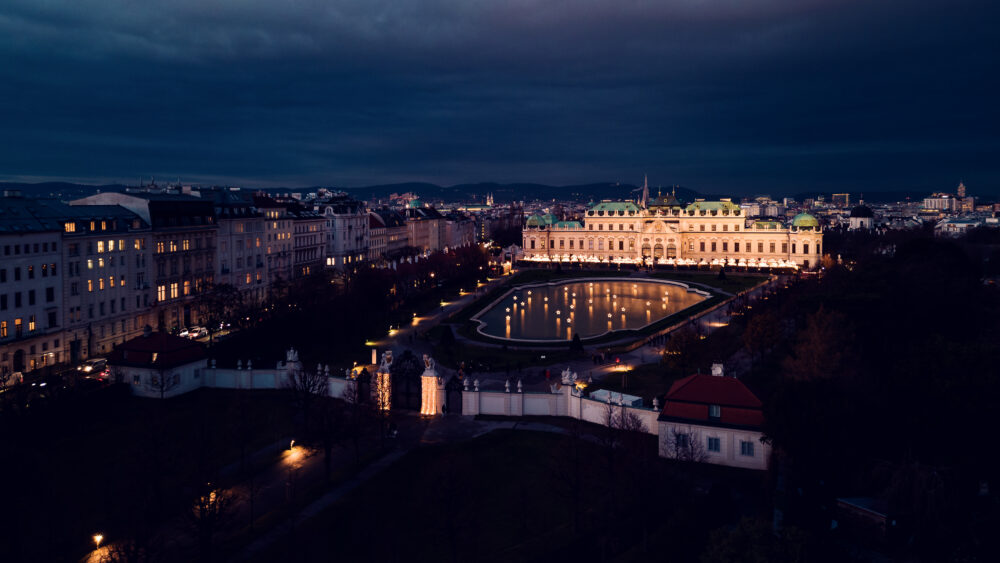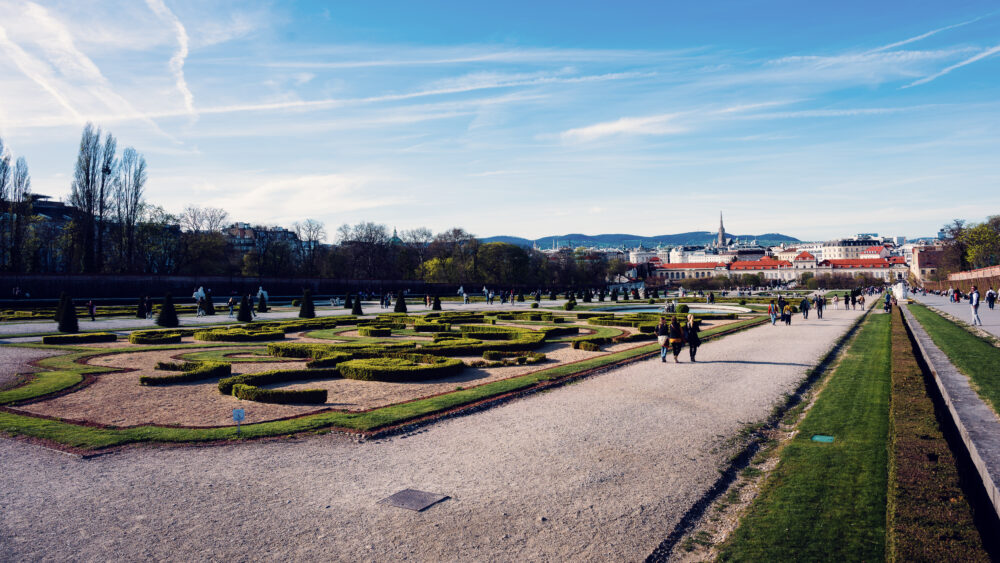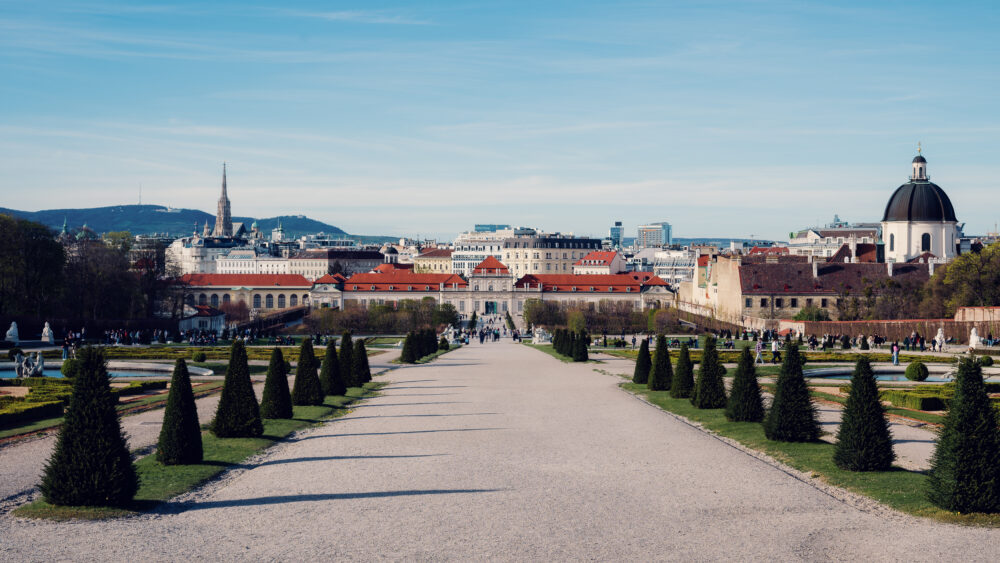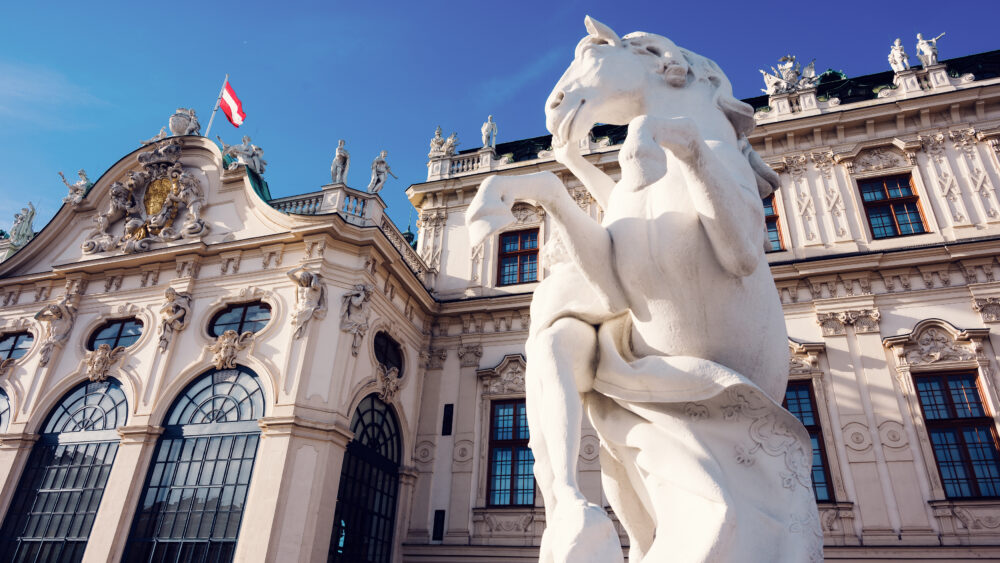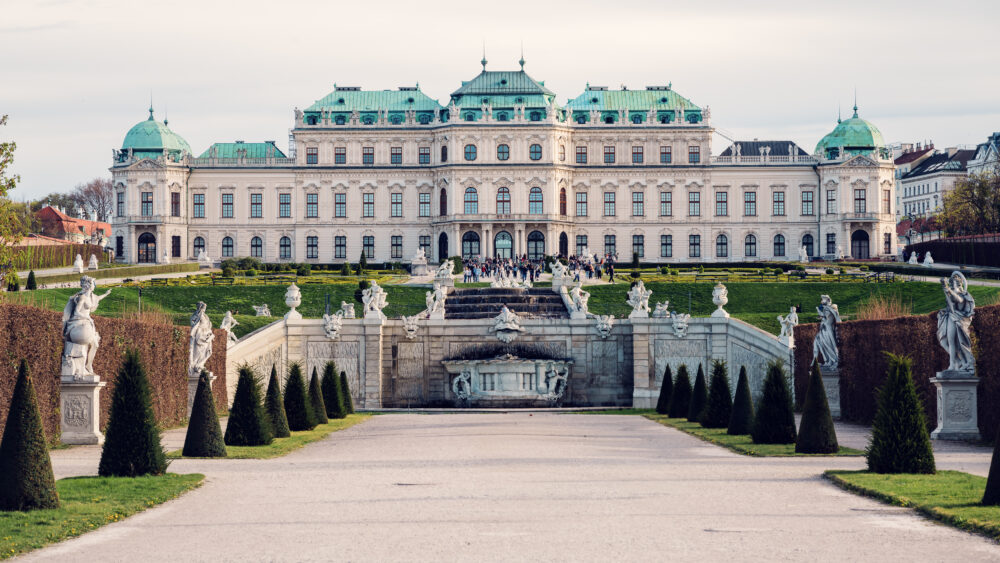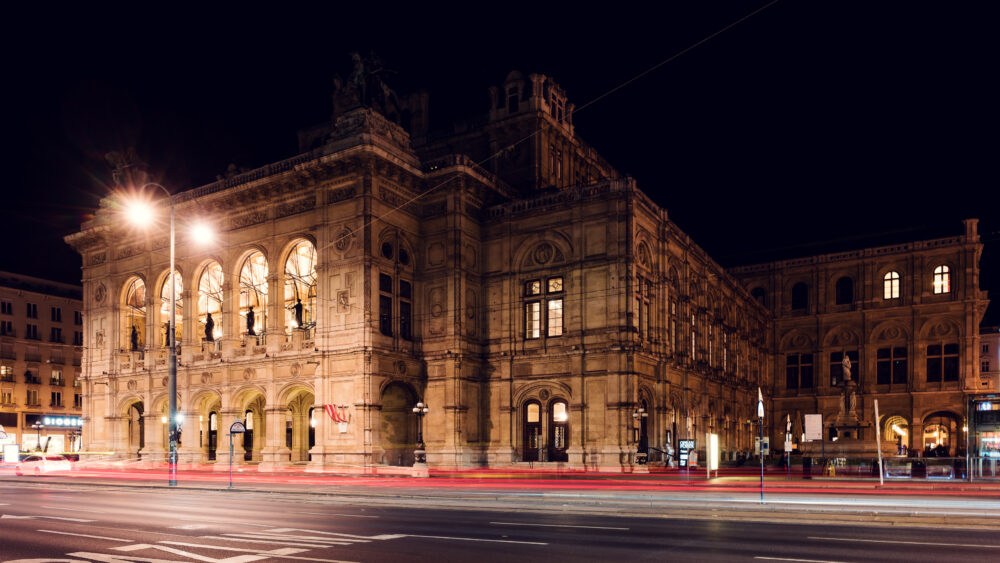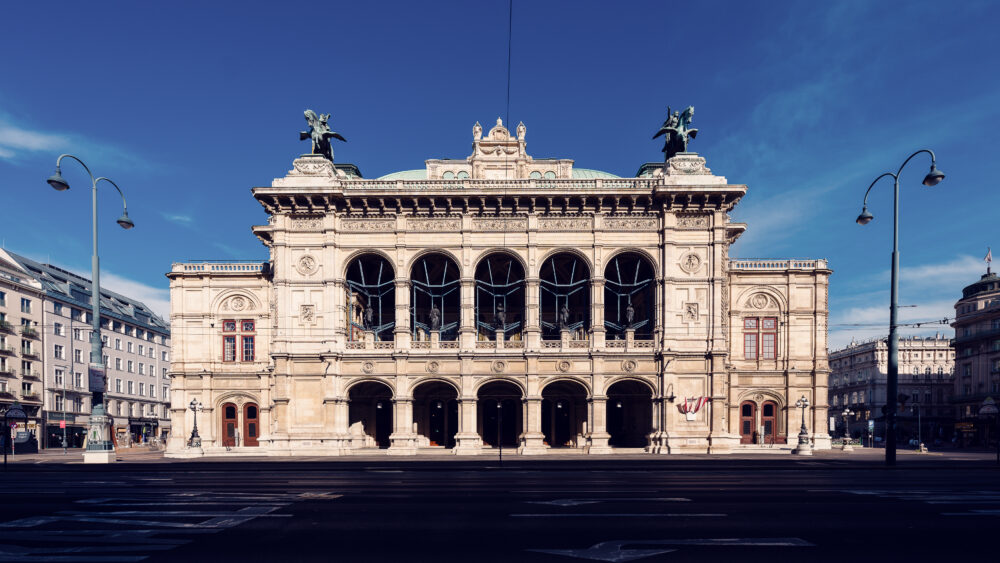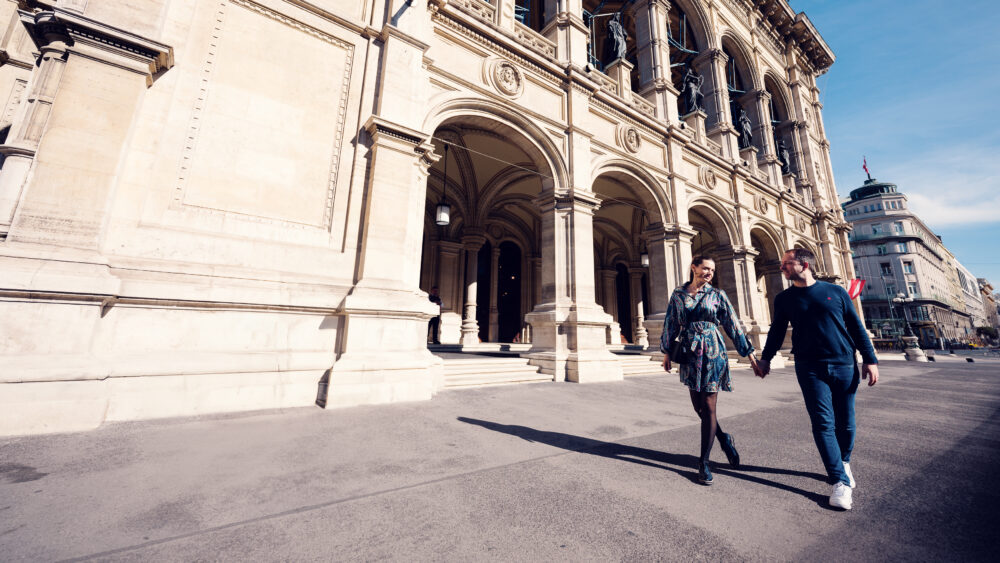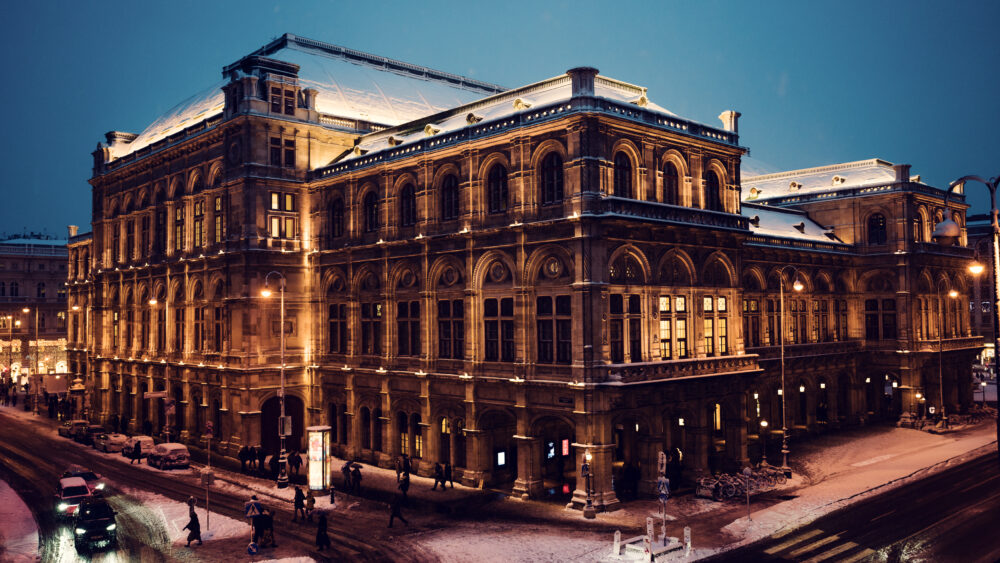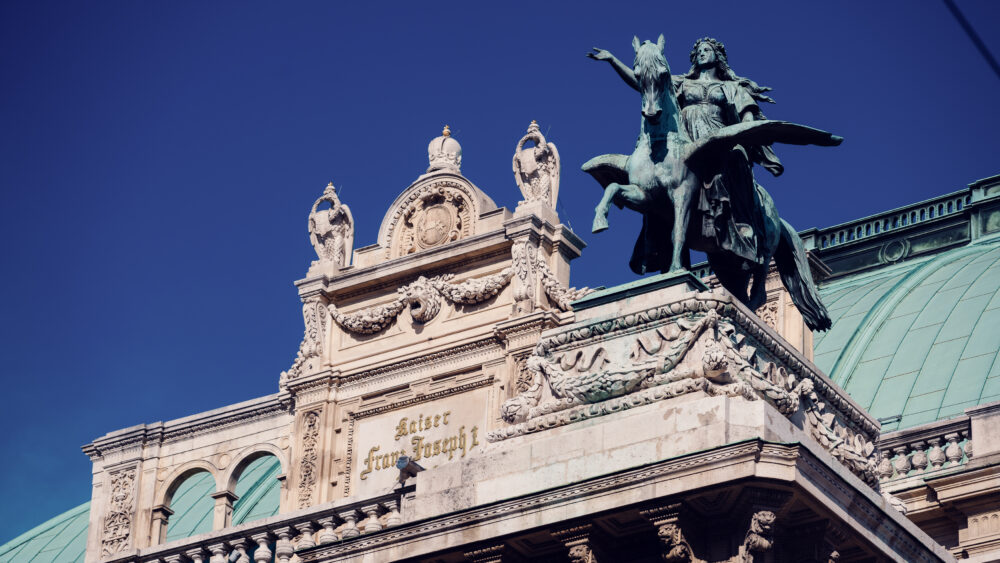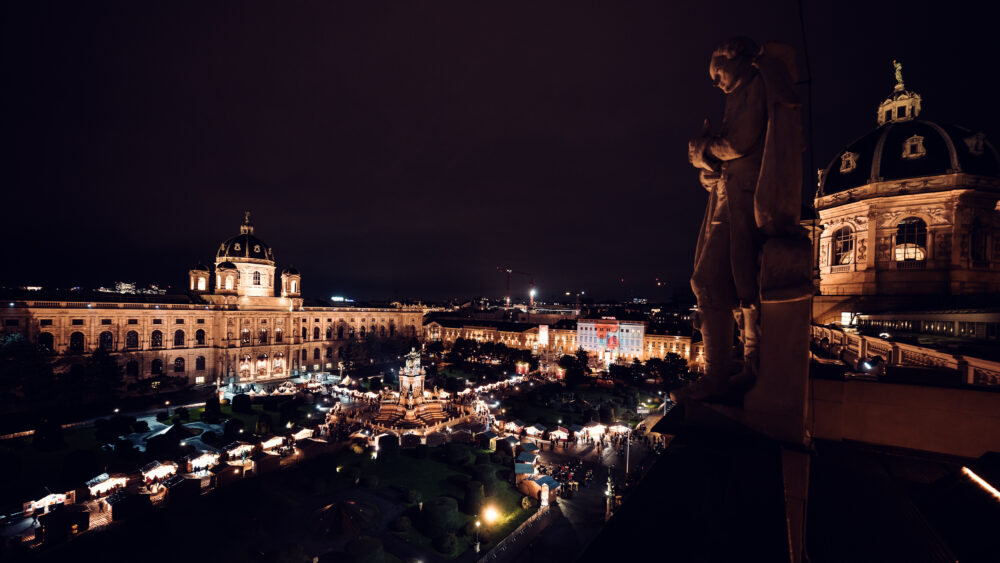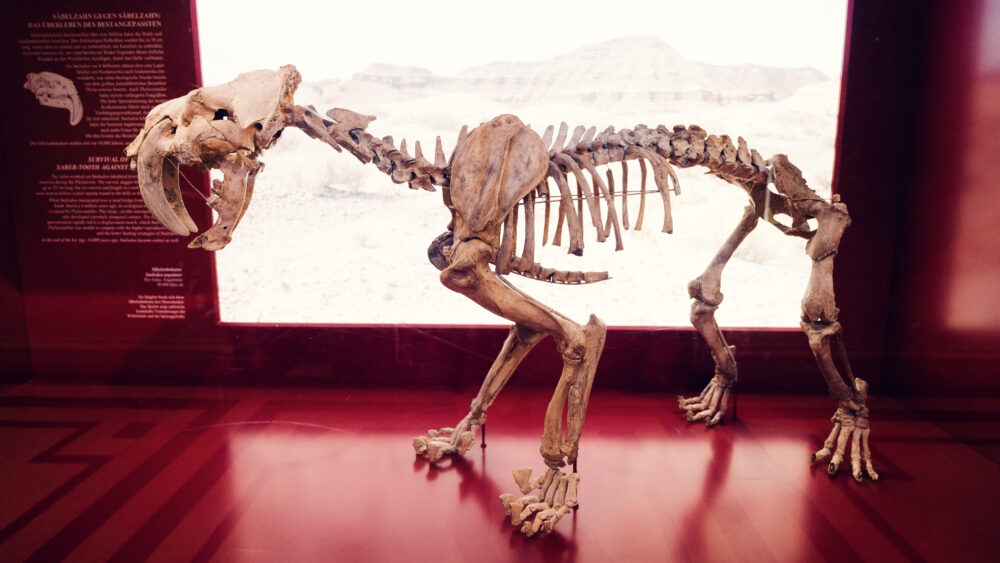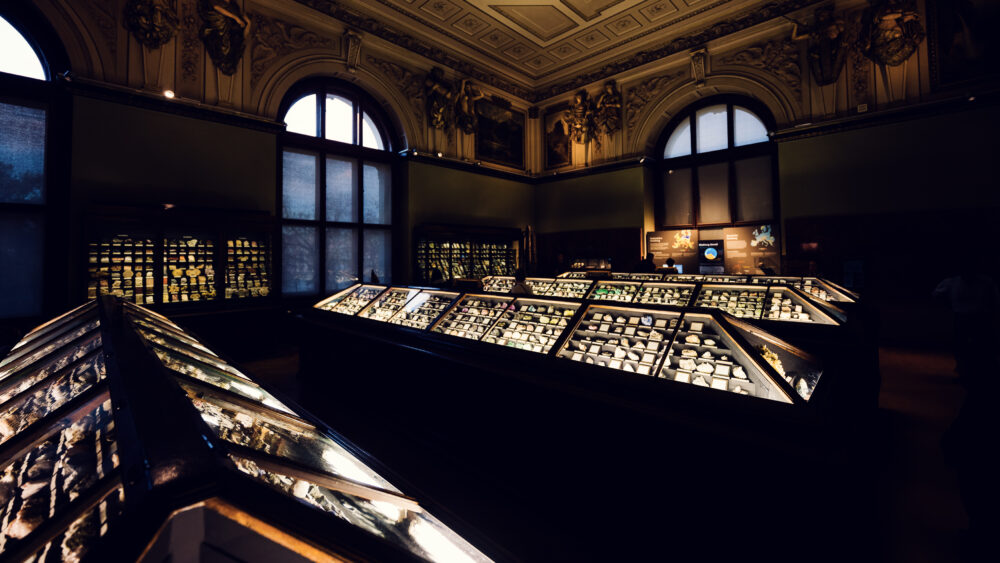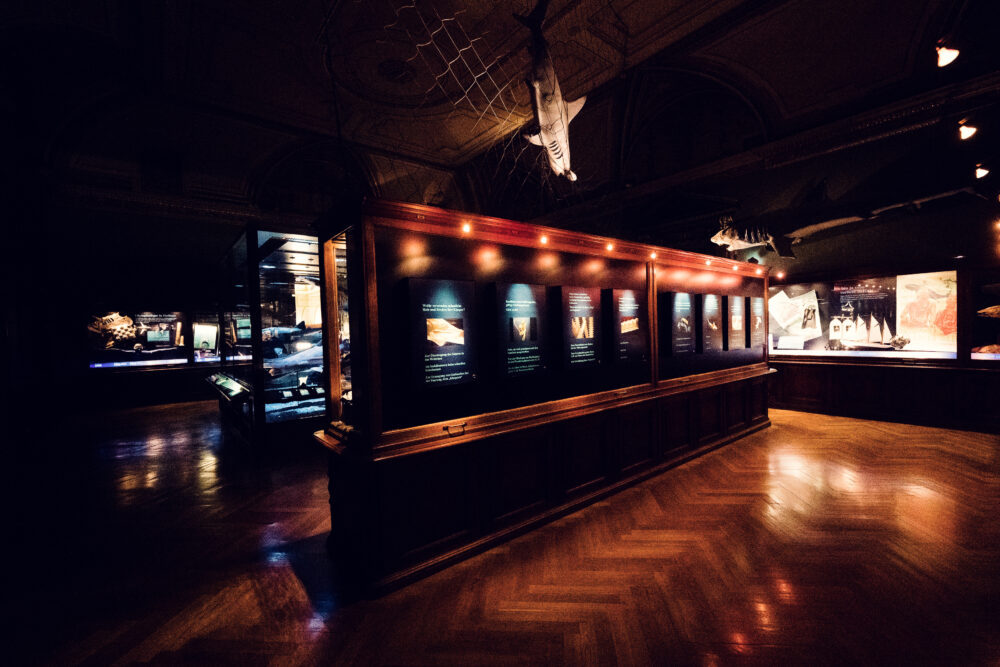The History of Wotrubakirche: A Vision of Faith and Freedom
The Wotrubakirche, also known as the Church of the Holy Trinity, has a unique history rooted in both post-war renewal and modern art. It was the vision of Austrian sculptor Fritz Wotruba, renowned for his abstract, geometric sculptures. Wotruba believed that architecture could transcend its practical role, becoming an emotional and spiritual force. The church he designed is an embodiment of this philosophy, blending modernist architecture with spiritual symbolism.
The church’s origins can be traced to the early 1960s, when Dr. Margarete Ottillinger, a prominent Austrian figure, commissioned Wotruba to design a new church. Ottillinger had been imprisoned in a Nazi concentration camp during World War II and sought a project that would symbolize freedom and renewal. Inspired by Wotruba’s radical approach to sculpture, she entrusted him with the creation of a church that would break away from traditional forms.
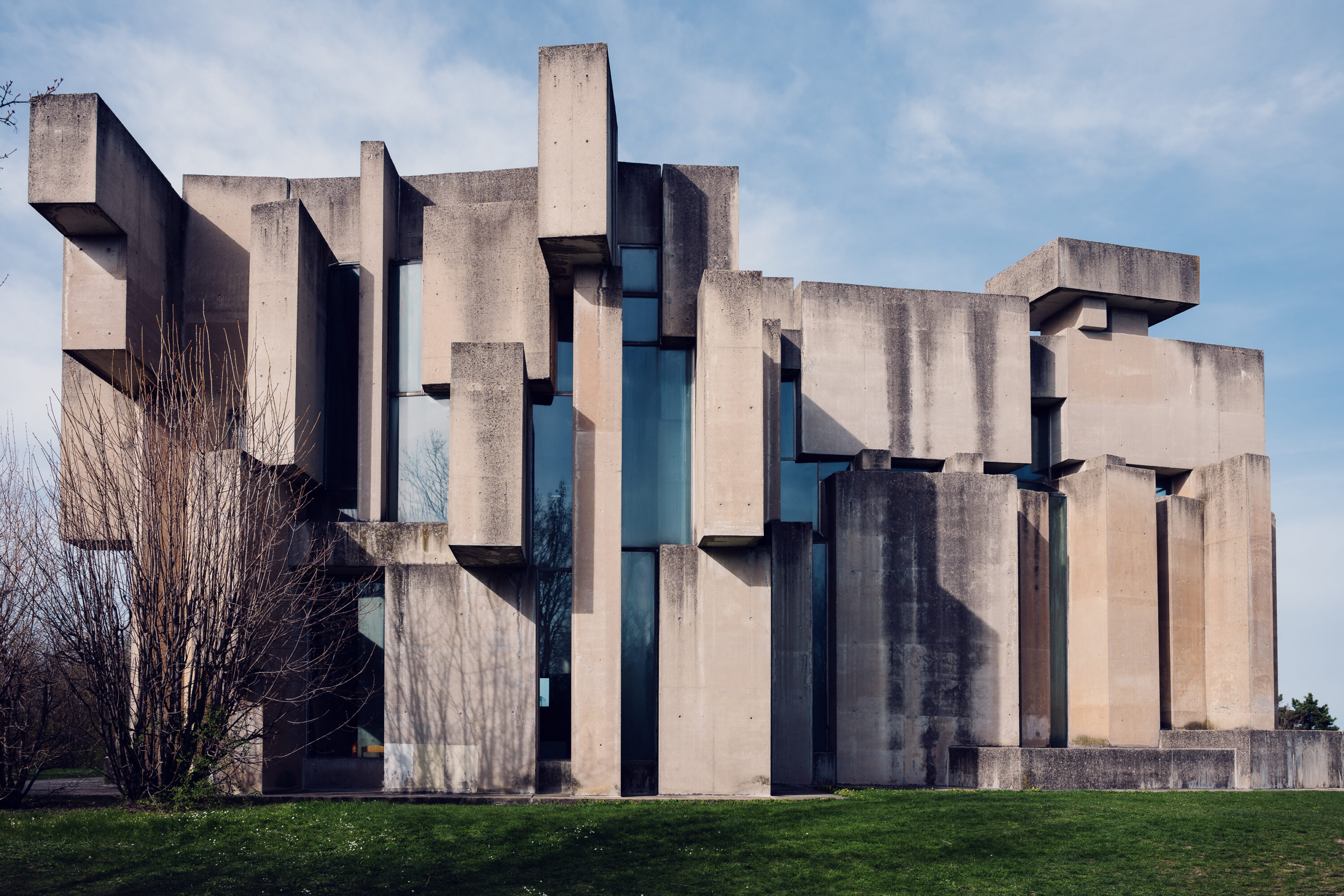
Wotruba’s design was groundbreaking for its time. The church, situated in the Mauer area of Vienna, is composed of 152 large concrete blocks arranged in a seemingly random, cubist formation. The raw, brutalist structure was a stark departure from the ornate, baroque churches that defined much of Vienna’s religious architecture. Wotruba’s goal was to create a space that not only served as a place of worship but also challenged architectural norms, evoking both strength and complexity.
Construction of the church began in 1974, but Wotruba passed away in 1975 before it was finished. His students and colleagues completed the project in 1976, remaining faithful to his original vision. Since its completion, the Wotrubakirche has stood out as a bold architectural statement. Its brutalist design, with unpolished concrete and sharp geometric forms, evokes a sense of resilience and defiance.
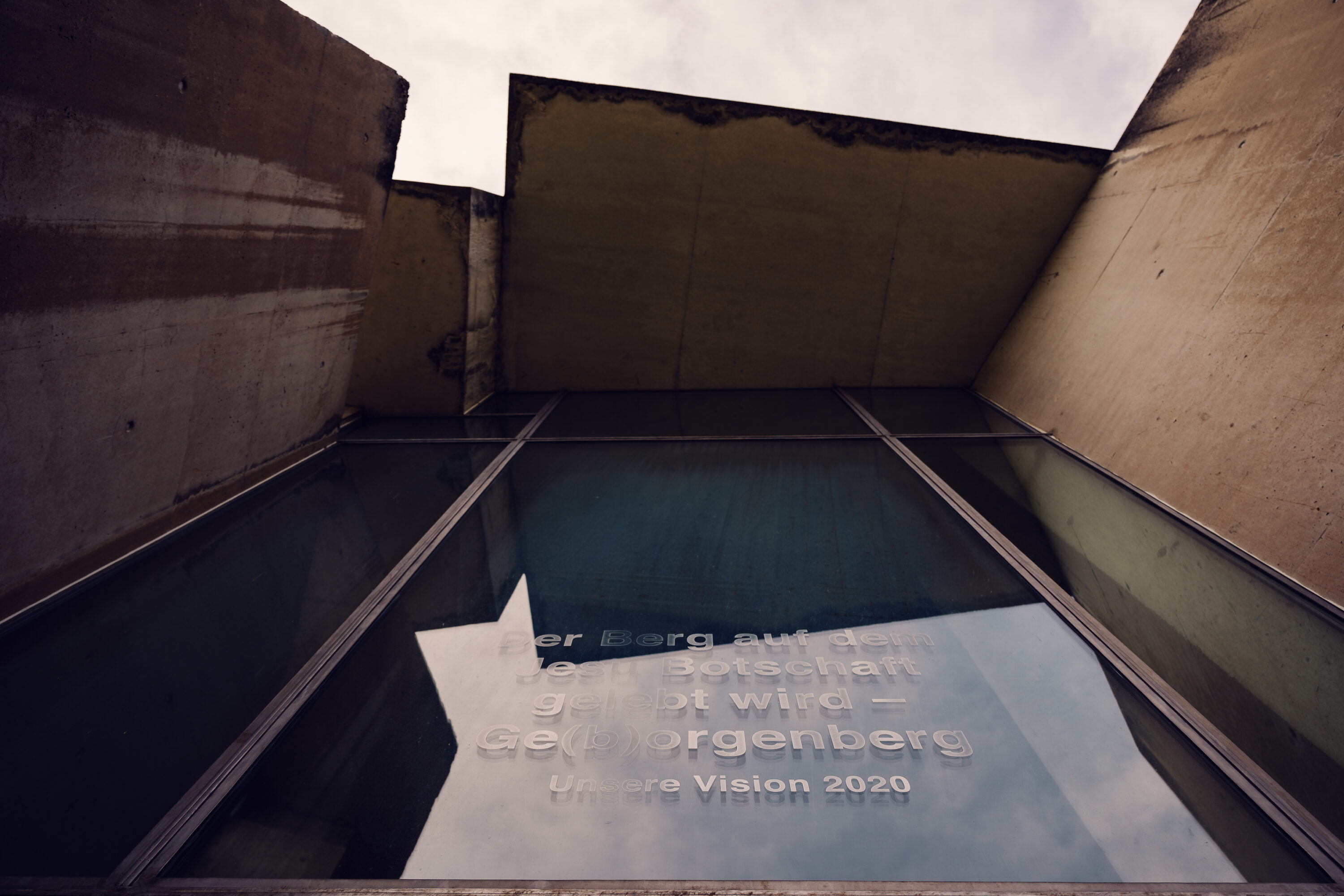
While initially controversial, the church has since gained recognition as a significant piece of modern architecture in Austria. It reflects both the artistic ideals of Fritz Wotruba and the broader cultural context of post-war Austria, symbolizing a break from the past and a move toward renewal.

